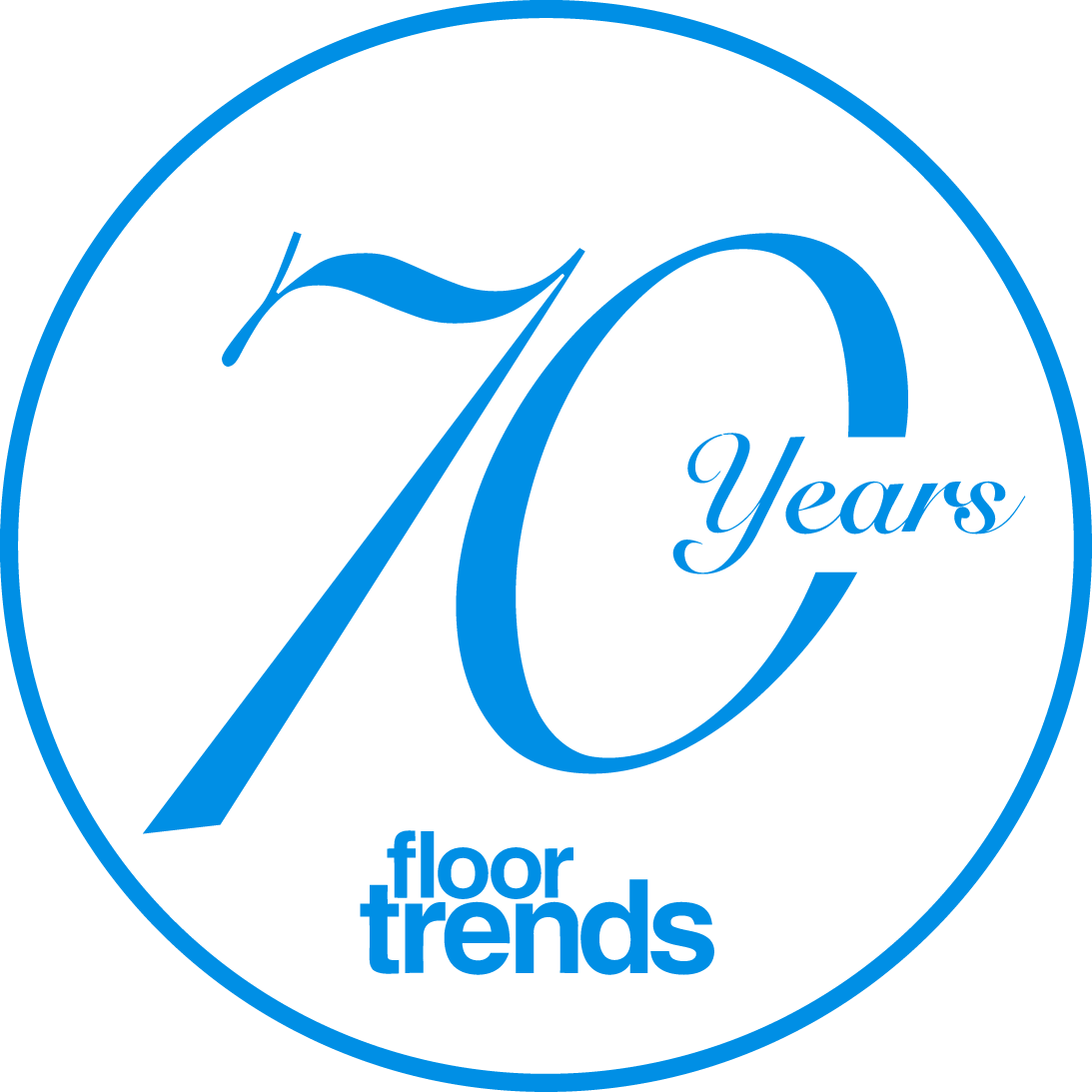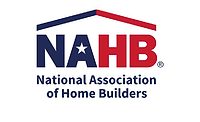Future of Flooring
How Housing Affordability is Affecting Flooring Choices in Builder, Multifamily

Smith said that while multifamily continues to see high use of resilient flooring, carpet is making a comeback thanks to its affordability.
Photo: Pet-friendly carpet Tranquil Spirit by Shaw Floors.

Resilient vinyl flooring is a popular choice for the builder/multifamily segment.
Photo: Hercules resilient by Shaw Floors.

Floorte resilient is one of Shaw’s best sellers in the builder market.
Photo: Shaw Floors.



The American family is having a hard time with housing affordability causing the largest drop in builder confidence in over a decade. The price of money has gone up: with rising materials prices and rising interest rates comes increased market pressures. Floor Trends caught up with Jay Smith, vice president of sales, builder/multi-family division, Shaw, to find out how builders and multifamily developers are navigating business today.
“The feeling today was quite different than the way we were feeling in in late Spring,” Smith said. “We've seen a tremendous change in the economic landscape. We've seen a tremendous change specifically in our space more change in Builder than in multifamily. I would say, and that's largely due to one word, and that word is affordability.”

The average rate on 30-year mortgages rose to 6.35 percent this week from 6.12 percent the previous week, according to Bankrate’s national survey of large lenders. It was the highest reading for mortgage rates since 2008, and further evidence of the end of the decade-long period of low rates that followed the Great Recession. The Federal Reserve has been moving aggressively to control inflation, and its third consecutive rate hike of three-quarters of a percentage point today would seem to create upward longer-term pressure on mortgage rates.
Based on a 20 percent down payment and a mortgage rate of 6.35 percent, the monthly payment of $1,939 amounts to 26 percent of the typical family’s monthly income. A year ago, median family income was $79,900, the median home price was $364,600 and the average mortgage rate was just 3.03 percent. Buying the typical home then required just 19 percent of a family’s monthly income.
“It needs to come down,” Smith said. “The American family needs to be able to afford housing.”
Smith said he is seeing the slowdown in the sales centers on weekends and in design centers of contractor customers. The good news? Demand for housing is essentially unchanged.
“The desire for new housing is still there,” Smith said. “The inventory levels are still manageable and low. The numbers of existing homes for sale is still reasonable. So, once we get through this moment—and there are many that hope it will be relatively short—there is a real feeling that the fundamentals of our business remain solid.”
Market indicators are showing that inflation may be starting to crest, and that will improve business. Smith said Shaw is still seeing a backlog of business which will continue until first quarter of 2023.
Smith said supply chain issues are improving, and inventory levels are good. “We remain bullish, and our customers are bullish that this, too, shall pass.”
For home builders, Shaw is focused on large-production builder packages that feed efficiency, labor availability by providing a tightened array of product.
“Builders want to limit in the package, but offer selection within the package,” Smith said. “They're looking for great-looking affordable options that that appeal broadly because of the broad demographic that buys in the country today.”

While there are still regional product preferences, Smith said he is also seeing there are many builders that want symmetry in their offering in various regions, such as Tampa to Northern California. Aesthetics play a major factor, followed closely by price and durability—including pet-friendly flooring options.
On the multifamily side, apartment turnover has risen to levels closer to before the pandemic.
“Multifamily has been more steady,” Smith said. “Rents are going up, but occupancy rates are solid, and starts have been solid.”
For apartments and condos, sheet products are becoming more popular thanks to improved aesthetics and technologies. Also new LVT options with attached pads are becoming more popular choices in apartments to help control sound as more people are working from home. in soft surface, nylon is still a popular choice for better-quality properties.

Up Next:
What's in store for the future of the flooring industry?
Looking for a reprint of this article?
From high-res PDFs to custom plaques, order your copy today!




.jpg?height=200&t=1729672015&width=200)






